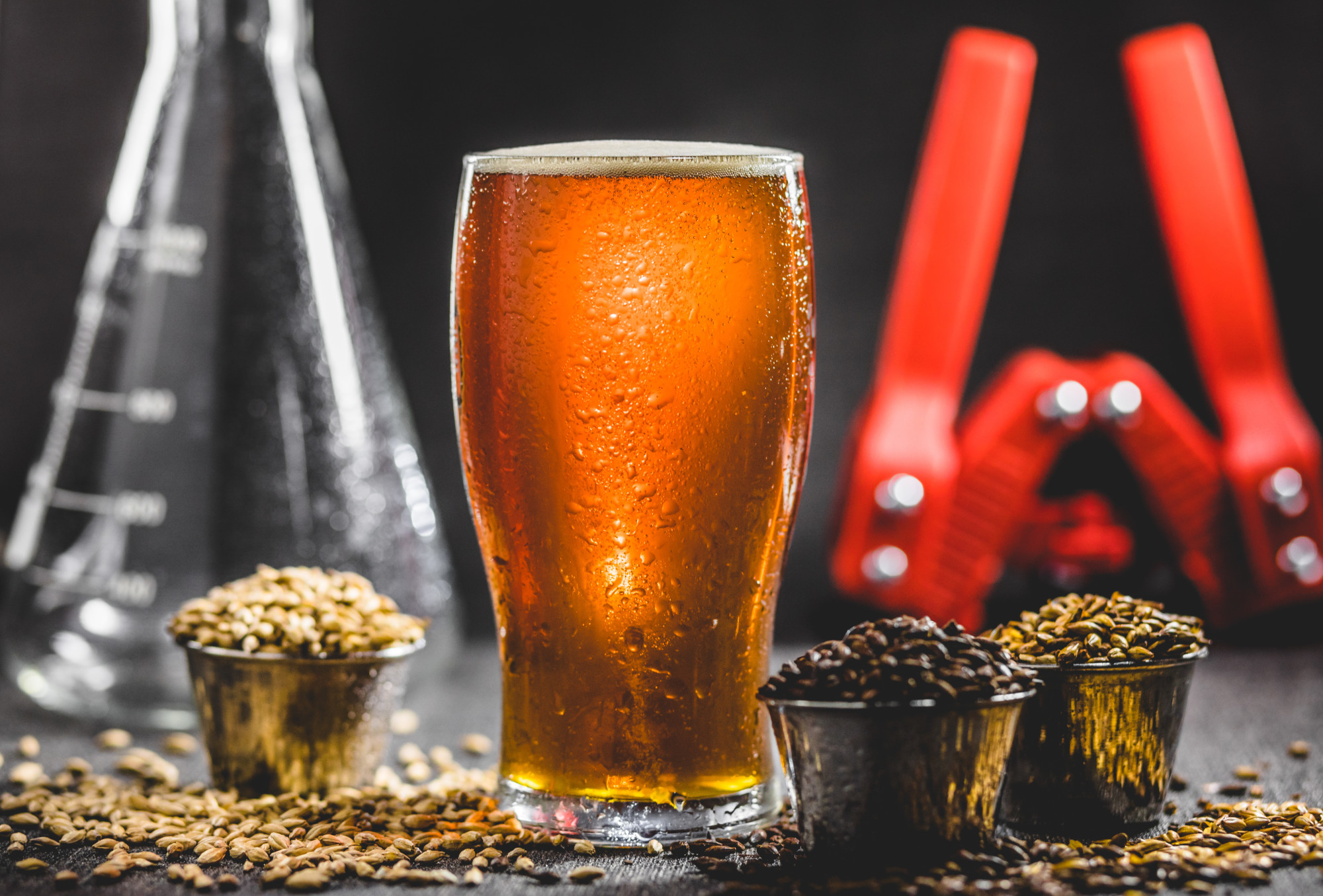
How many times have you been to a bar and seen 20-30 different types of beer? Unless you’re a certified beer judge, you probably can’t tell the difference.
Let’s face it, most of us aren’t experts, so when it comes to brewing beer, we rely on the professionals. But did you know you can brew beer at home?
Brewing beer is a complicated process, but once you understand what the brewery goes through, it’s a lot less scary. Read on to learn all about how to brew beer.
1. Malting
The first step to brewing beer is malting. Fresh barley is soaked in water and put in germinating boxes. The germinating process is when the enzyme Amylase forms.
Amylase is a key factor in the last few steps.
Germinating is then interrupted at the perfect time for klining.
2. Klining
The malt dries at 80 degrees Celsius. This “malt sugar” feeds yeast cultures later on.
The combination of the malt and yeast cultures will create the alcohol.
3. Milling
Though this is a small part of the process, it is one of the most important. Milling the finished malt will allow it to dissolve better in water.
Malt mills are able to produce different types of crushed malts:
- Husks
- Groats
- Meal
- Semolina
- Powder
4. Mashing
Mash tuns combine the milled malt with water. The resulting wort rests at 65 degrees Celsius for one hour. Starch, sugar, and protein release in the mash.
Now, amylase separates the starch in this step.
5. Lautering
Lautering is where the wort separates from the proteins and starches. There are three steps to lautering:
- Mashout- the mash temperature raises to 77 degrees Celsius. This makes the wort easier to work with and stops any potential enzymic reactions.
- Recirculation – the wort drains to the bottom and recirculates. Any remaining grain is now filtered by the grain bed.
- Sparging – the remaining grain is rinsed with heated water to get the last of the sugars for the wort.
6. Boiling
The wort sterilizes by boiling in a kettle. You can purchase many different sizes of brew kettles depending on your needs.
The boiling process can last from one to three hours. Hops are then added to the boiling wort, which affects the flavor of the beer.
If you want a more bitter taste, add in hops earlier. For more precise flavor and aroma, add in hops towards the end.
7. Fermentation
Yeast turns the malt into alcohol and carbon dioxide. This creates the texture of beer you’re familiar with.
Fermentation can range from 3-14 degrees Celsius depending on if it’s an ale or lager. This process can take up to 14 days.
8. Completion
Once the beer ferments, it is stored between 0-2 degrees Celsius. It can be stored anywhere from a few weeks to a few months. This is for the proteins and yeast to sink to the bottom and allow the beer to become clear.
A secondary fermentation may also take place.
Once the beer has completed its storage period, it is carbonated again upon packaging.
Brewing Beer
Beer brewing can seem tricky, but having the right beer brewing equipment will help make it easier. It is a long process that will not finish within a day but is well worth the wait.
After knowing the large production behind brewing beer, you may gain a better appreciation for it. And may even inspire you to create your own at home.
Did you find this article helpful? If so, make sure to read more from our Food category.


